Exfoliation – The Secret To Soft Skin
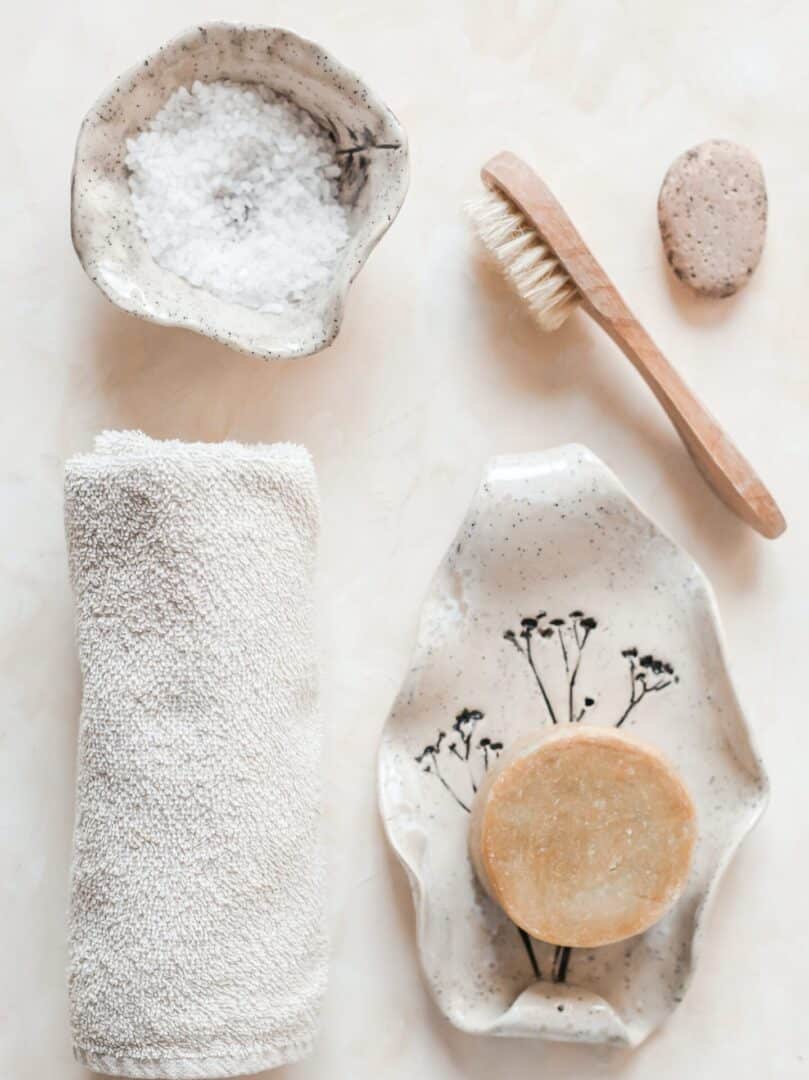
Why Exfoliate?
Our skin is made up of millions of cells that die and re-form about every two weeks. Sometimes, though, this cycle is slowed by things like weather, aging, hormonal changes, or diet. When this happens, a buildup of dead skin cells can contribute to skin that is rough, dull, or prone to breakouts. That’s where exfoliation comes in.
Exfoliating allows you to clear off dead cells, leaving your skin soft, smooth, and radiant. There are many different options when it comes to exfoliation; what’s important is finding a balance of products that works for you.
What are 3 types of exfoliation?
Three are three main types of exfoliation: chemical, mechanical, and physical.
A chemical peel is a type of exfoliation that uses potent enzyme or vitamin-based serums or creams that remove the top layers of skin to reveal new, fresh skin underneath.
Mechanical exfoliation is the removal of the skin by means of a tool such as dermaplaning. A very sharp blade, wielded by a trained professional, gently and efficiently removes dead skin, tiny hairs, and anything else on the surface of the skin.
Physical exfoliation refers to (mostly) natural elements found in scrubs and skin polishes. These elements vary in their level of roughness and texture, from very fine to coarse.
One thing to note: Plastic microbeads are a popular addition to skin exfoliation products. While they are fine for your skin, they’re incredibly harmful to wildlife and the environment. For that reason, it’s a good idea to avoid products that contain microbeads. At Taboodoir we only use natural exfoliants.
How can I exfoliate my skin naturally?
Scrubs are some of the most popular exfoliating products, but they come in all forms. Before using a scrub, It’s important to know its exfoliating mechanism so that you don’t damage your skin. To get started, here are a few exfoliants, organized by their level of roughness in contact with the skin.
- Salt and sugar grains (variable): Because of the variety in grain size, salt and sugar are some of the most versatile scrub ingredients. If you’re looking for a softer experience, apply a salt or sugar scrub to damp skin, and wait a few minutes so the grains can dissolve a bit before scrubbing.
- Ground oatmeal (softer): A compound called avenanthramide makes oatmeal gentle, soothing, and hydrating for the skin. Avenanthramides have been shown to have anti-inflammatory, antioxidant, and anti-itch properties, making them a popular ingredient in skin care, sun care, and baby products.
- Jojoba beads (softer): Made from chemically processed jojoba oil, the rounded edges of these wax beads make them an especially gentle exfoliant.
- Pumice and volcanic sand/ash (variable): Pumice and volcanic sand/ash, depending on how fine the particles are, may act as a polish for the skin. Due to the anti-microbial properties of volcanic sand or ash, it may also help relieve and reduce symptoms of common skin problems such as eczema, psoriasis, and acne.
- Coffee grounds (rougher): Coffee grounds are often used as a DIY scrub, because they are relatively cheap and easy to access. However, they can be too rough for some skin types.
- Apricot Kernels (rougher): These coarsely ground apricot seeds offer moisturizing fatty acids. Because of their rough edges, they are best used on the body rather than the face.
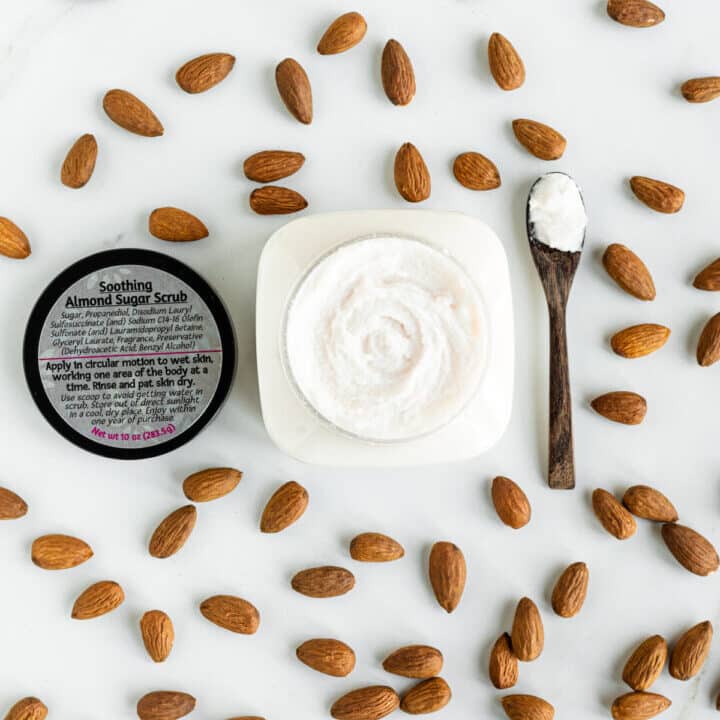
How often should I exfoliate?
Exfoliation can happen as often as needed. Only you know your skin. But as a general rule of thumb, everyday exfoliation may leave skin feeling raw and tender. Start with once a week and adjust as needed. Be careful not to overdo it!
How to exfoliate
- If it’s your first time exfoliating (or your first time in a while), start by using your scrub just once a week so you don’t over-exfoliate your skin. If this works well, you can increase the frequency.
- When exfoliating, it’s best to rub gently and slowly in a circular motion rather than scrubbing with pressure. Treat your skin like the beautiful and delicate organ that it is!
- Be sure to introduce products into your routine one at a time, waiting a few weeks between products, to make sure each is effective and gentle enough for your skin type.
- If your skin feels irritated or is red, shiny, or tight, that’s a sign you may be over-exfoliating. Take a break from your routine, and slowly return to it once your skin has had a chance to recover.
- Enjoy the experience! Your self-care routine shouldn’t just be about how you look: it’s a reminder to appreciate your body for all the amazing things it does! And take time to indulge in scents and textures that make you feel nourished and rejuvenated. You deserve it!
Scrubs and Body Polishes
Now that we’ve discussed how and why to exfoliate…are you ready to start exfoliating your way to softer, smoother skin? Check out our amazing line of scrubs and body polishes that clear away dead skin, leaving your hands, face, feet, and body feeling refreshed and pampered.
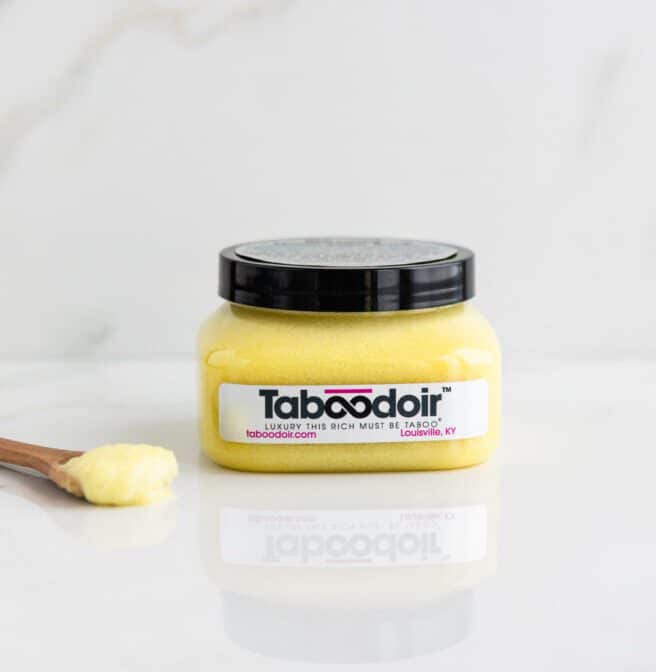
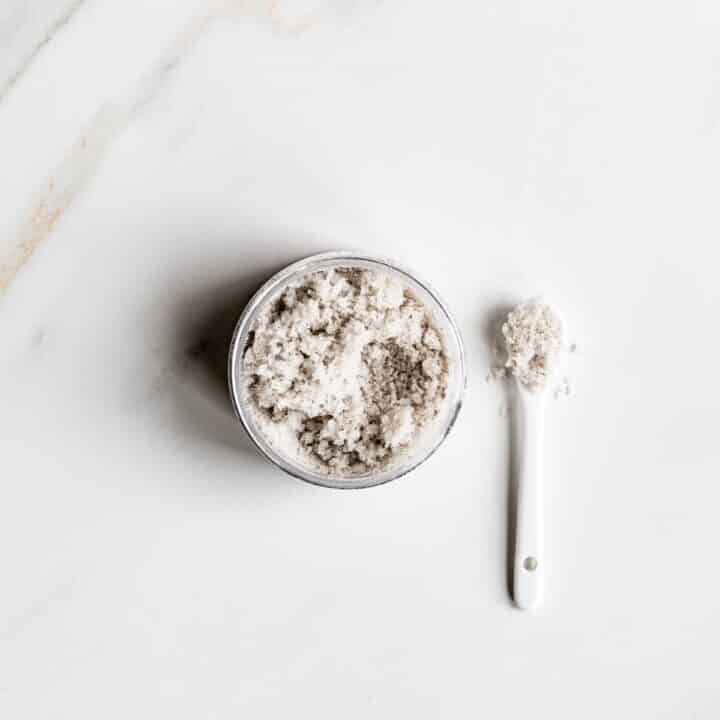
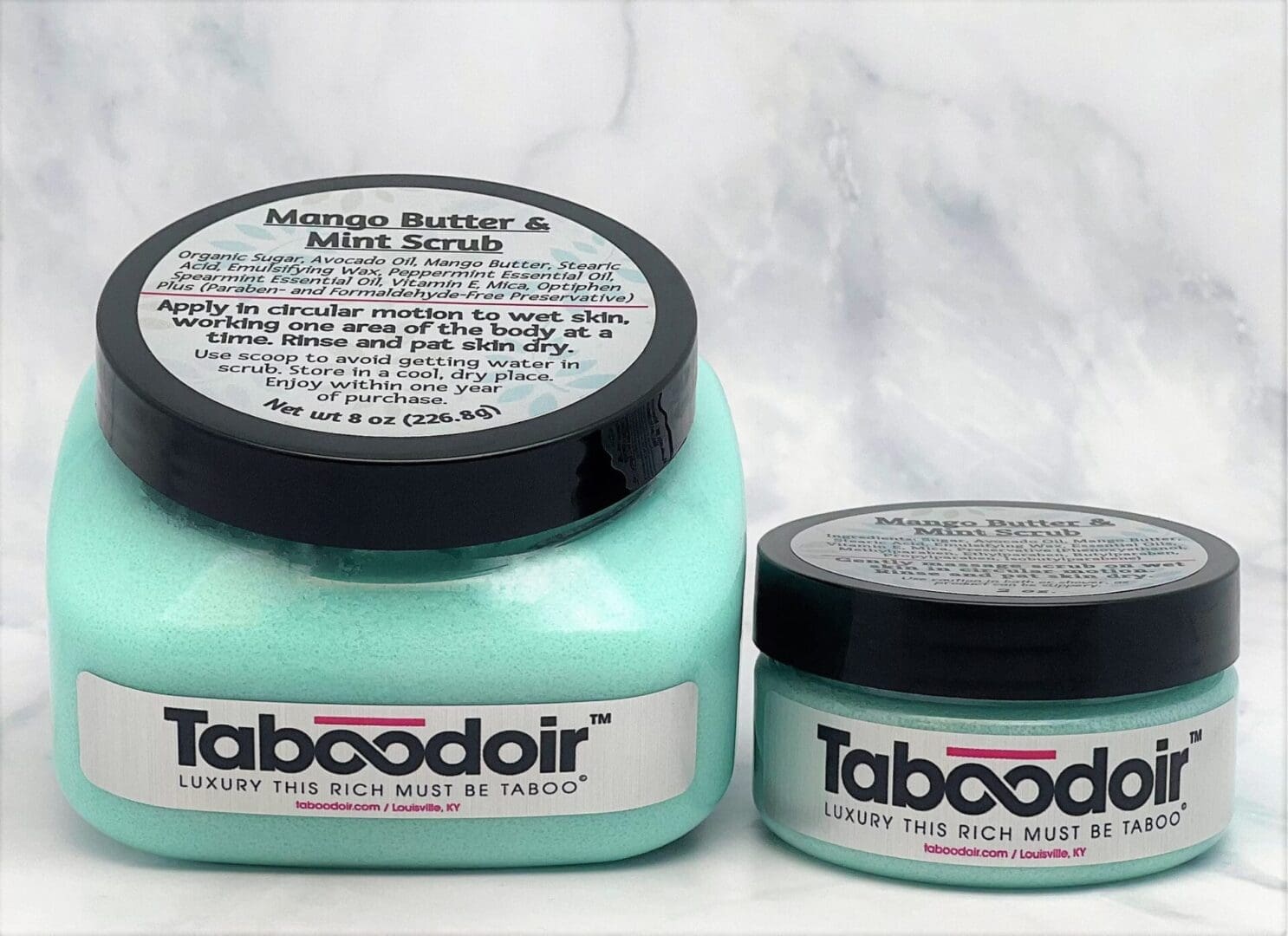
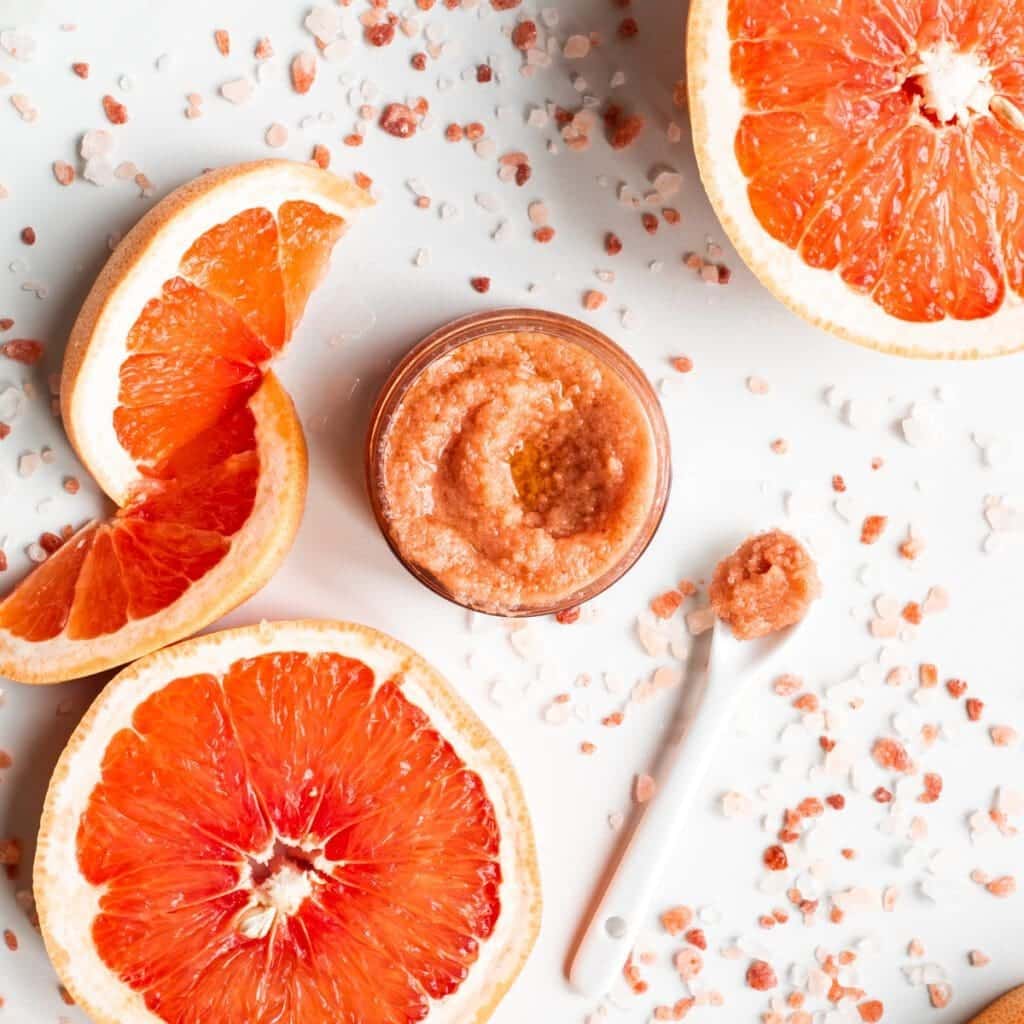
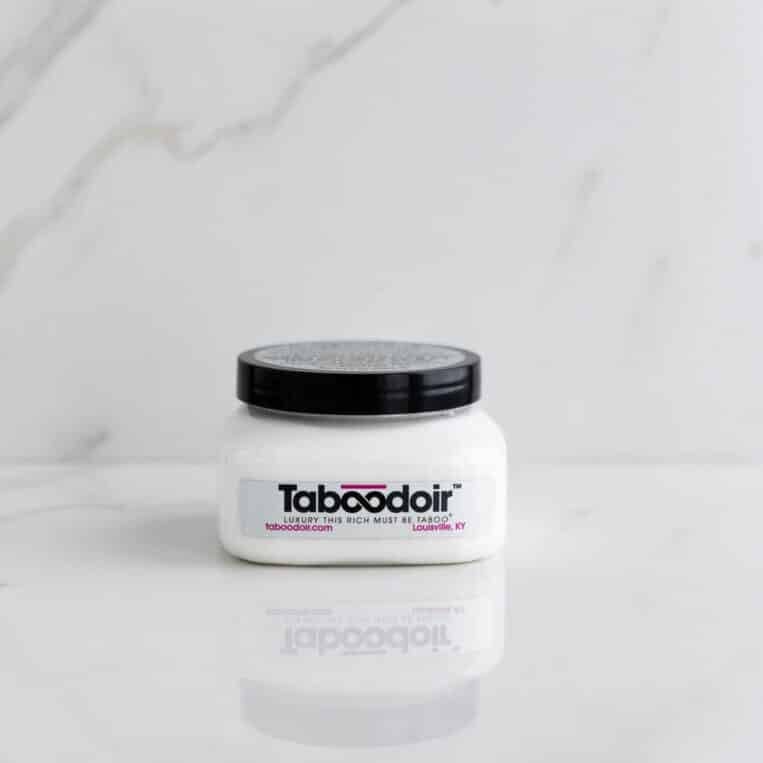

Disclaimer: The information included on this site is for educational purposes only and is not intended to diagnose or treat medical conditions. Please consult with a medical professional.
Exfoliation – The Secret To Soft Skin

Why Exfoliate?
Our skin is made up of millions of cells that die and re-form about every two weeks. Sometimes, though, this cycle is slowed by things like weather, aging, hormonal changes, or diet. When this happens, a buildup of dead skin cells can contribute to skin that is rough, dull, or prone to breakouts. That’s where exfoliation comes in.
Exfoliating allows you to clear off dead cells, leaving your skin soft, smooth, and radiant. There are many different options when it comes to exfoliation; what’s important is finding a balance of products that works for you.
What are 3 types of exfoliation?
Three are three main types of exfoliation: chemical, mechanical, and physical.
A chemical peel is a type of exfoliation that uses potent enzyme or vitamin-based serums or creams that remove the top layers of skin to reveal new, fresh skin underneath.
Mechanical exfoliation is the removal of the skin by means of a tool such as dermaplaning. A very sharp blade, wielded by a trained professional, gently and efficiently removes dead skin, tiny hairs, and anything else on the surface of the skin.
Physical exfoliation refers to (mostly) natural elements found in scrubs and skin polishes. These elements vary in their level of roughness and texture, from very fine to coarse.
One thing to note: Plastic microbeads are a popular addition to skin exfoliation products. While they are fine for your skin, they’re incredibly harmful to wildlife and the environment. For that reason, it’s a good idea to avoid products that contain microbeads. At Taboodoir we only use natural exfoliants.
How can I exfoliate my skin naturally?
Scrubs are some of the most popular exfoliating products, but they come in all forms. Before using a scrub, It’s important to know its exfoliating mechanism so that you don’t damage your skin. To get started, here are a few exfoliants, organized by their level of roughness in contact with the skin.
- Salt and sugar grains (variable): Because of the variety in grain size, salt and sugar are some of the most versatile scrub ingredients. If you’re looking for a softer experience, apply a salt or sugar scrub to damp skin, and wait a few minutes so the grains can dissolve a bit before scrubbing.
- Ground oatmeal (softer): A compound called avenanthramide makes oatmeal gentle, soothing, and hydrating for the skin. Avenanthramides have been shown to have anti-inflammatory, antioxidant, and anti-itch properties, making them a popular ingredient in skin care, sun care, and baby products.
- Jojoba beads (softer): Made from chemically processed jojoba oil, the rounded edges of these wax beads make them an especially gentle exfoliant.
- Pumice and volcanic sand/ash (variable): Pumice and volcanic sand/ash, depending on how fine the particles are, may act as a polish for the skin. Due to the anti-microbial properties of volcanic sand or ash, it may also help relieve and reduce symptoms of common skin problems such as eczema, psoriasis, and acne.
- Coffee grounds (rougher): Coffee grounds are often used as a DIY scrub, because they are relatively cheap and easy to access. However, they can be too rough for some skin types.
- Apricot Kernels (rougher): These coarsely ground apricot seeds offer moisturizing fatty acids. Because of their rough edges, they are best used on the body rather than the face.

How often should I exfoliate?
Exfoliation can happen as often as needed. Only you know your skin. But as a general rule of thumb, everyday exfoliation may leave skin feeling raw and tender. Start with once a week and adjust as needed. Be careful not to overdo it!
How to exfoliate
- If it’s your first time exfoliating (or your first time in a while), start by using your scrub just once a week so you don’t over-exfoliate your skin. If this works well, you can increase the frequency.
- When exfoliating, it’s best to rub gently and slowly in a circular motion rather than scrubbing with pressure. Treat your skin like the beautiful and delicate organ that it is!
- Be sure to introduce products into your routine one at a time, waiting a few weeks between products, to make sure each is effective and gentle enough for your skin type.
- If your skin feels irritated or is red, shiny, or tight, that’s a sign you may be over-exfoliating. Take a break from your routine, and slowly return to it once your skin has had a chance to recover.
- Enjoy the experience! Your self-care routine shouldn’t just be about how you look: it’s a reminder to appreciate your body for all the amazing things it does! And take time to indulge in scents and textures that make you feel nourished and rejuvenated. You deserve it!
Scrubs and Body Polishes
Now that we’ve discussed how and why to exfoliate…are you ready to start exfoliating your way to softer, smoother skin? Check out our amazing line of scrubs and body polishes that clear away dead skin, leaving your hands, face, feet, and body feeling refreshed and pampered.






Disclaimer: The information included on this site is for educational purposes only and is not intended to diagnose or treat medical conditions. Please consult with a medical professional.
